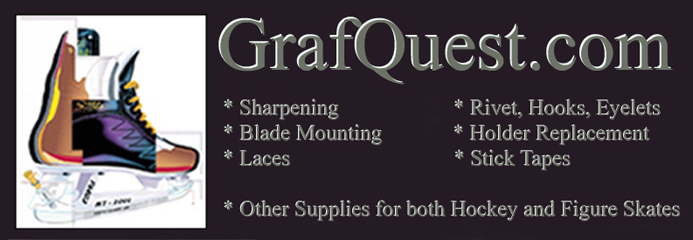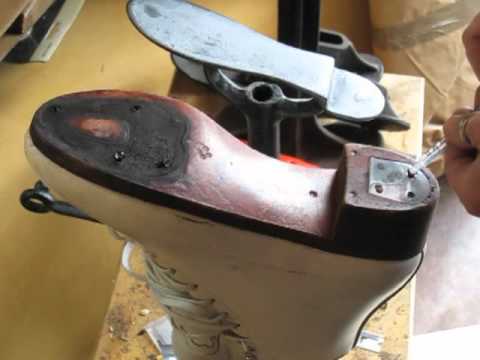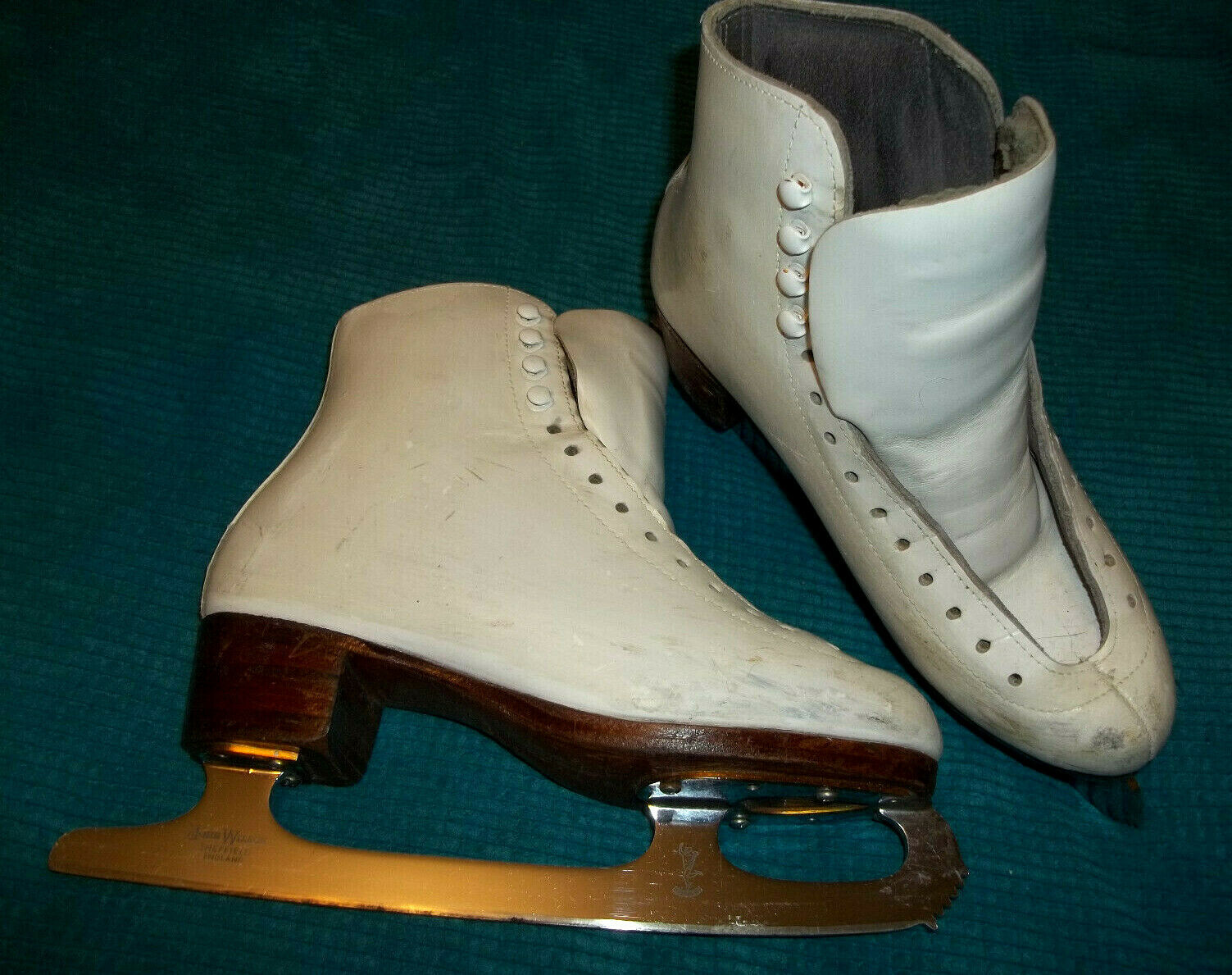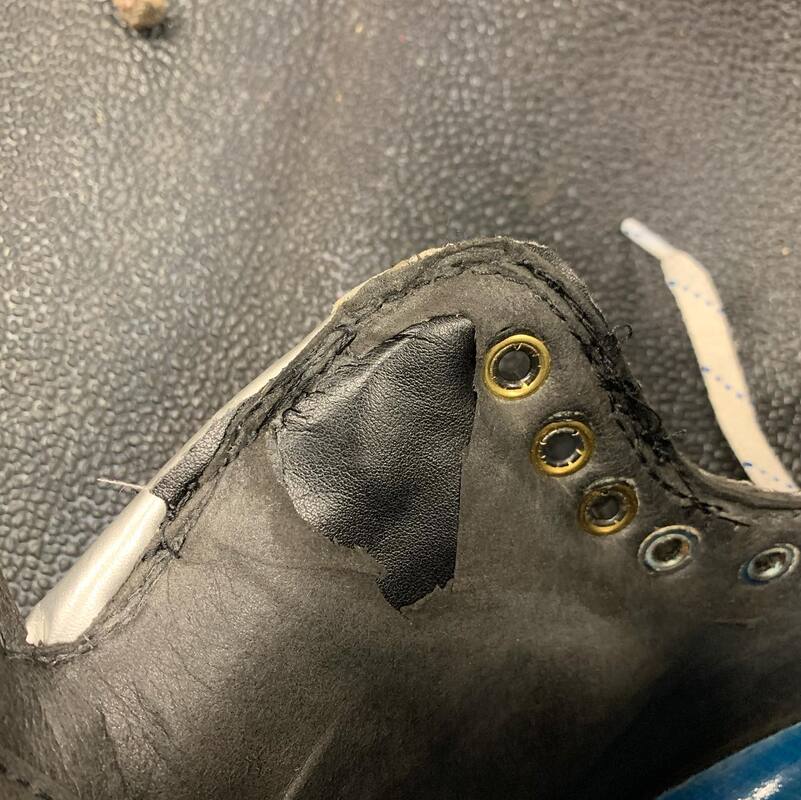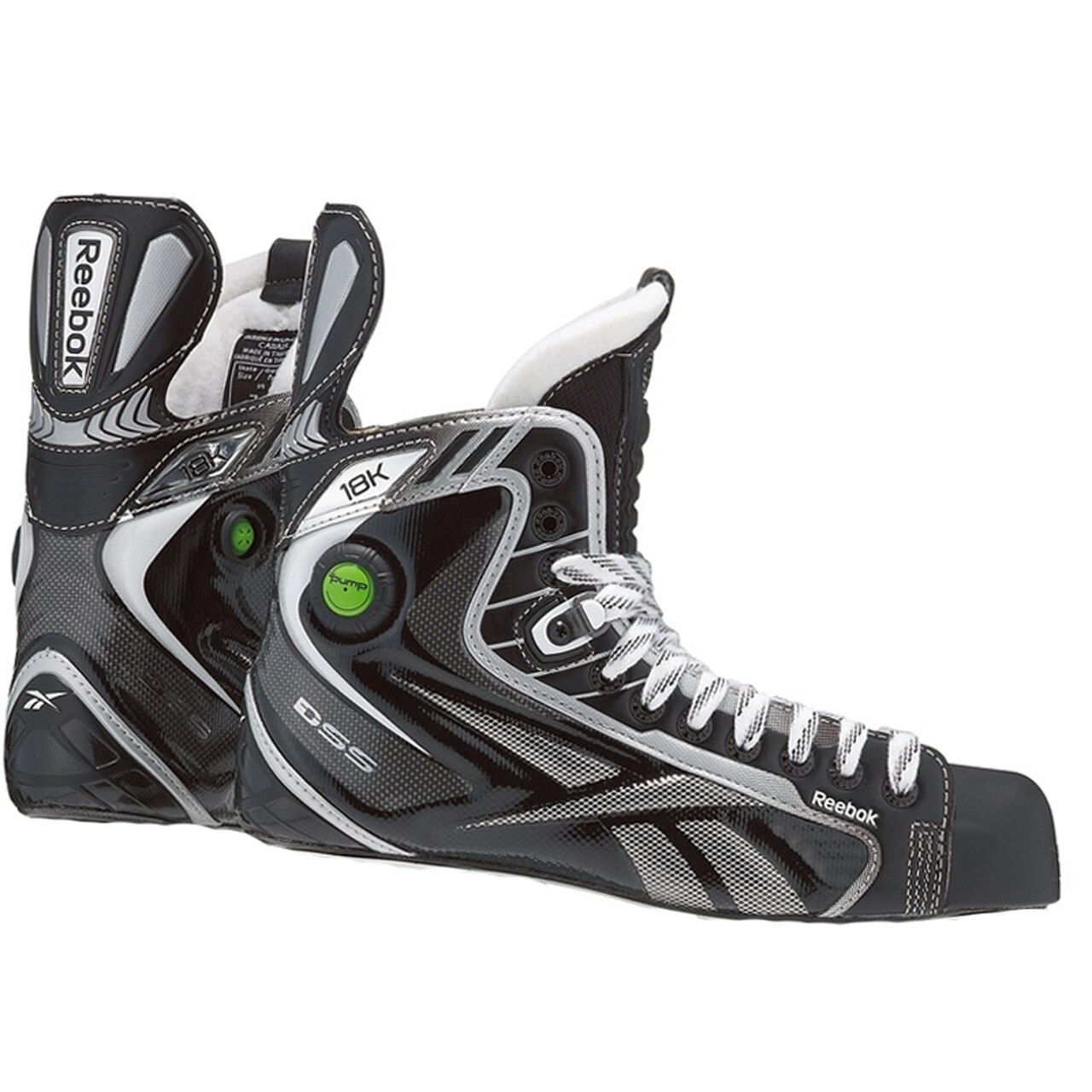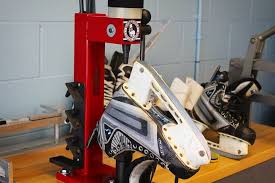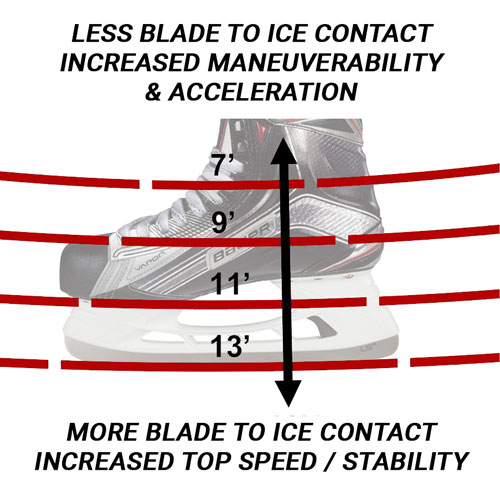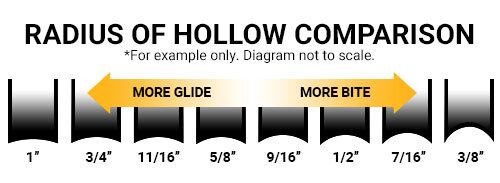What is the correct hollow for me?
This is a very individual matter. I will state some facts, and then some opinions. An important thing to note is that the ROH (see question "What is the hollow") does not tell the whole story about how a blade feels.
The blade touches the ice only along the edges, so what's really important is the angle between the side of the blade and the bottom of the blade at the edge. Some blades are wider than others. For example an MK Phantom is 0.155" wide,
an MK Dance is only 0.11" wide. If you have a geometric mind, you can probably see that, given the same ROH on the two blades, the wider blade will have a sharper angle at the edge. So, to give the same strength of edge, narrower blades will need a shorter ROH.
A more acute edge angle (deeper hollow) makes the blade less likely to slide sideways, so a deeper hollow gives more secure edges. There is more to it than that, though. It also makes the blade more determined at going where IT wants to go, so it will be harder
to control (more likely to grab or "catch an edge"). And, the deeper cut into the ice causes more drag, so the blade will be slower. Given these tradeoffs, one could state that the optimum ROH is one which is just deep enough to give the skater the required edge security.
Learning proper use of the ankle to control edges is important, and a shallower hollow facilitates this. As the skater becomes more advanced, they are likely to use a deeper hollow to gain security of the edge. This may be especially important to advanced freestylers
desiring edge confidence on jump takeoffs and landings. On freestyle blades, I see ROHs varying from 7/16" to 5/8". The following graph shows bite angle versus ROH for various blade widths (The MK Dance is 0.11" wide, Wilson Dance is 0.14" wide, most skates
are 0.15" wide, Phantoms are 0.155" wide at their widest part). Given a desired bite angle and the width of your blade, you can look up the radius of hollow required to give that bite angle. A 10-degree bite angle is pretty deep, and a 7-degree is fairly shallow. |
